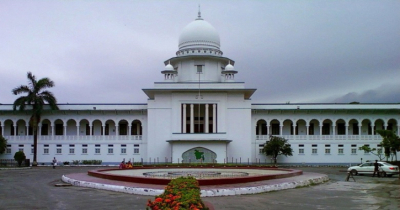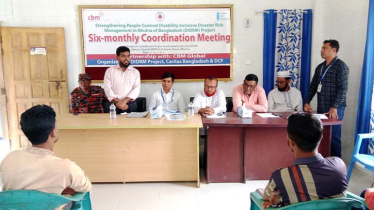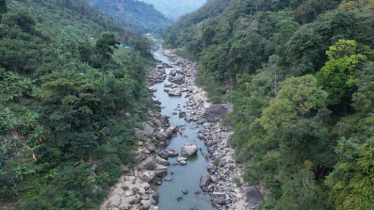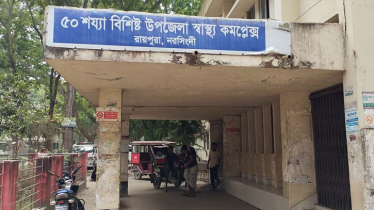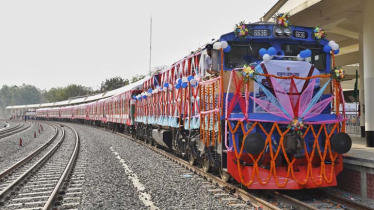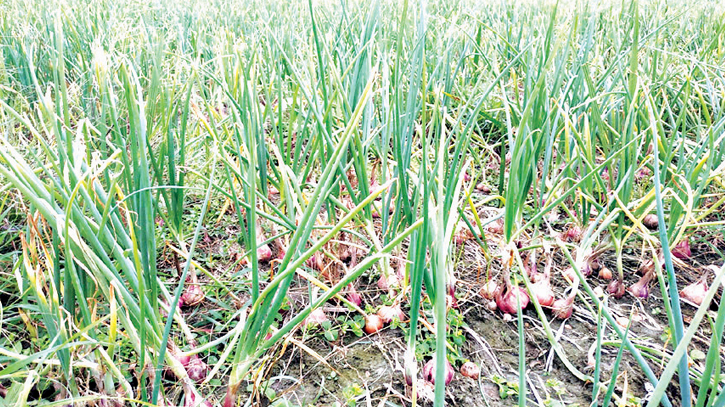
Photo: Messenger
The cultivation of Indian Nasik-53 and Bari-5 varieties of onions is underway to boost production due to a surge in onion prices across the country in Sharsha of Jashore. Rajnagar village in Sharsha upazila of Jashore is cultivating Bari Onion-5 during the monsoon season to address the increasing demand for this essential commodity.
With the depletion of winter onion stocks, the country has resorted to importing onions from India, leading to a rise in market prices. The cost of importing these onions amounts to a considerable sum, prompting the agriculture department to focus on enhancing domestic onion production.
To address the onion shortage in the national market, Indian onion farming initiatives have been implemented, particularly during the monsoon season in September, October, and November. In Sharsha Upazila alone, Indian Nasik-53 onions have been cultivated in about 32 thousand hectares of land.
The agriculture department has provided farmers with essential materials such as onion seeds, fertilizer, polythene for seed beds, and twine rope free of cost. Farmers planted the seeds in September, transferred seedlings from the beds to the ground, and are now witnessing the growth of onions.
During the fiscal year 2022-23, onions have been cultivated in 14,145 hectares of land in Sharsha, with the Nasik-53 variety covering around 4,000 hectares in nine upazilas. Incentives of one kilogram of seeds were distributed to 400 farmers involved in onion cultivation. The production target for onions in the current season is set at 240 hectares, with an expected yield of 20,422 metric tons, surpassing the Agriculture Department's initial projections.
The Nasik-53 variety of onions began emerging in the second week of December, with farmers yielding 70 to 80 maunds per bigha. Despite the promising yield, market prices are currently low, leaving farmers somewhat disheartened, although they remain hopeful of turning a profit.
Farmer Munnaf, for example, has harvested 58 maunds of onions from his 2 bigha 2 katha land, with further growth anticipated. He highlighted the cultivation costs, expressing optimism for profitability if prices improve.
Deputy Assistant Agriculture Officer Uttam Kumar noted that the Nasik-53 variety has been cultivated due to the scarcity of Bari Onion-5 seeds. He emphasized that local onion varieties like 'Taherpuri' are typically cultivated during winter, while Bari Onion-5 is grown during the monsoon.
Despite the ongoing import of onions from India, Nasik-53 farmers are able to sell their produce to traders at rates ranging from Tk 55 to 65 per kg, but they could have achieved better prices in the absence of Indian imports.
Deepak Kumar Saha, Sharsha Upazila Agriculture Officer, emphasized the experimental cultivation of Nasik-53 onions to increase domestic production and reduce import dependence.
The initial results in Sharsha have exceeded expectations, and there are plans to expand cultivation in the future. Ultimately, the concerted effort to enhance onion production domestically seeks to alleviate market fluctuations and reduce dependency on imports.
Messenger/Disha

